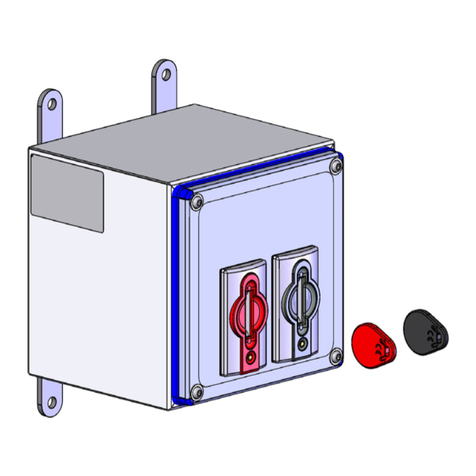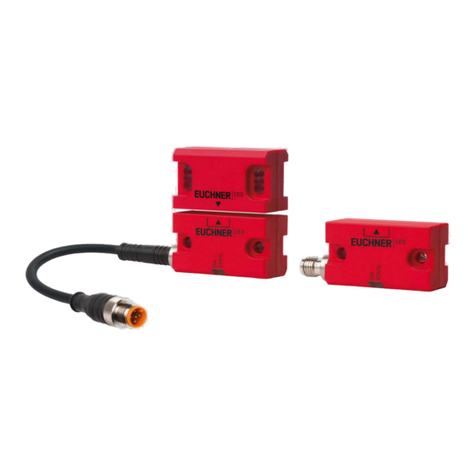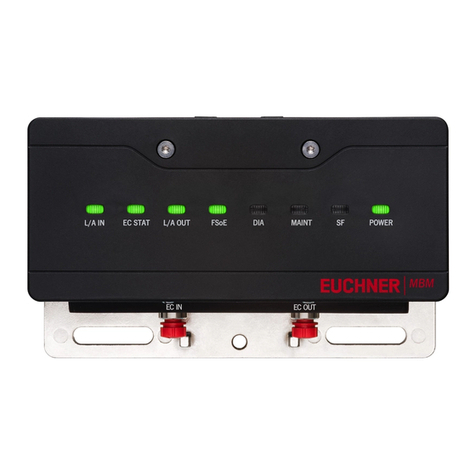
Operating Instructions Interlocking/Locking Modules
MGB2-I..-MLI-... / MGB2-L..-MLI-... (Modular)
2(Translation of the original operating instructions) 2500234-04-09/20
Contents
1. About this document............................................................................................. 4
1.1. Scope............................................................................................................................................4
1.1.1. Notes on older product versions ......................................................................................4
1.2. Target group ..................................................................................................................................4
1.3. Key to symbols...............................................................................................................................4
1.4. Supplementary documents ..............................................................................................................4
2. Correct use .......................................................................................................... 5
3. Description of the safety function .......................................................................... 7
4. Exclusion of liability and warranty ......................................................................... 9
5. General safety precautions ................................................................................... 9
6. Function............................................................................................................. 10
6.1. Interlocking module MGB2-I... (or a correspondingly congured MGB2-L2).........................................10
6.2. Locking module MGB2-L................................................................................................................10
6.2.1. Guard locking for version MGB2-L1 ................................................................................10
6.2.2. Guard locking for version MGB2-L2 ................................................................................11
6.3. Control of guard locking MGB2-L1 and MGB2-L2 .............................................................................11
7. System overview................................................................................................. 12
7.1. Interlocking/locking module MGB2-I../MGB2-L.................................................................................12
7.2. Handle module MGB2-H-….............................................................................................................13
7.3. Escape release MGB-E-... (optional) ................................................................................................13
7.4. Dimension drawings......................................................................................................................14
7.4.1. Interlocking/locking module MGB2-I.../MGB2-L................................................................14
7.4.2. Handle module MGB2-H.................................................................................................14
7.4.3. Escape release MGB-E-... ..............................................................................................15
7.4.4. Assembly of MGB2-L, MGB2-H and MGB-E (example on prole 40x40)...............................16
7.4.5. Drilling pattern, complete system with bus module MBM and optional extension module MCM.
17
7.4.6. Drilling pattern, escape release MGB-E ...........................................................................18
8. Manual release................................................................................................... 19
8.1. Auxiliary release............................................................................................................................19
8.2. Lockout mechanism......................................................................................................................20
8.3. Escape release (optional) ..............................................................................................................20
8.3.1. Preparing escape release ..............................................................................................21
9. Mounting............................................................................................................ 22
9.1. Replacing modules........................................................................................................................23
9.2. Mounting submodules ...................................................................................................................23
9.3. Replacing submodules ..................................................................................................................24
9.3.1. Replacing faulty submodule ...........................................................................................24
9.3.2. Replacing submodule with a submodule with a different function (changing conguration) ...24
9.3.3. Fitting and removing lenses and labels for controls and indicators ....................................25



































